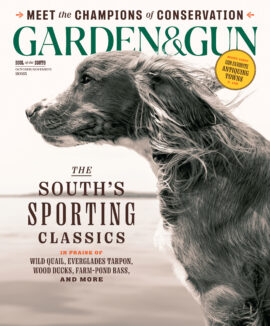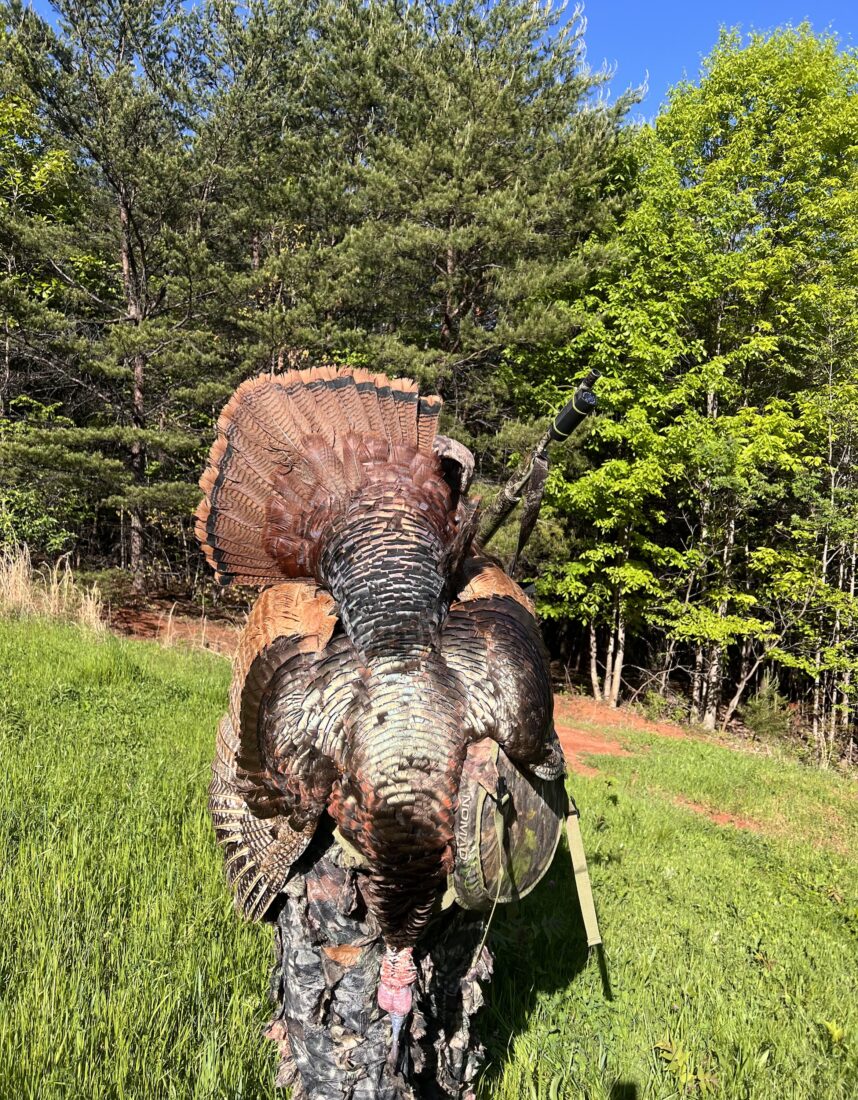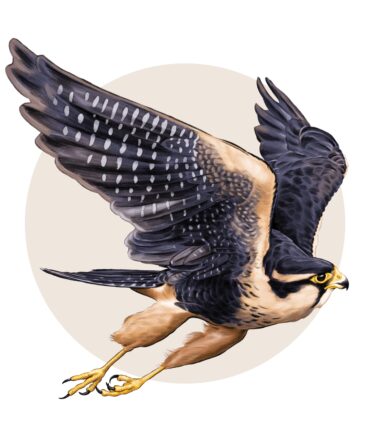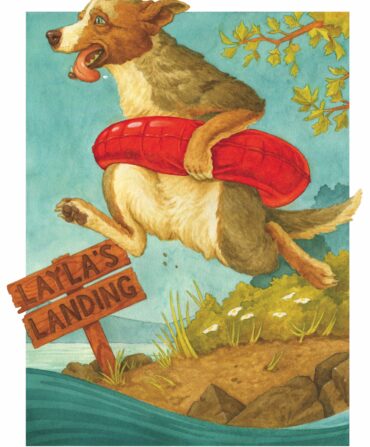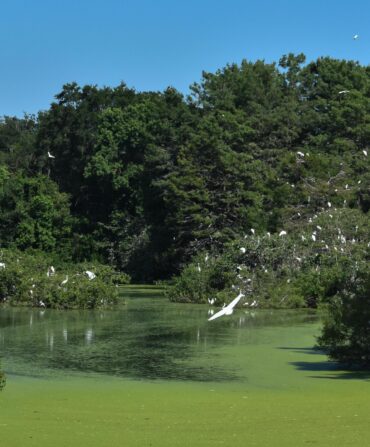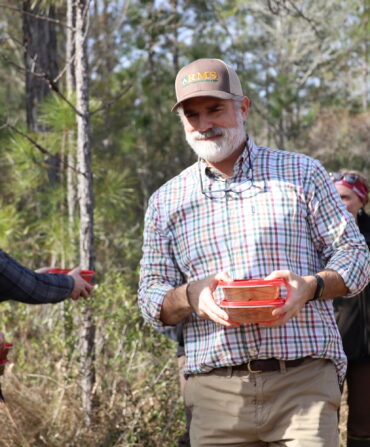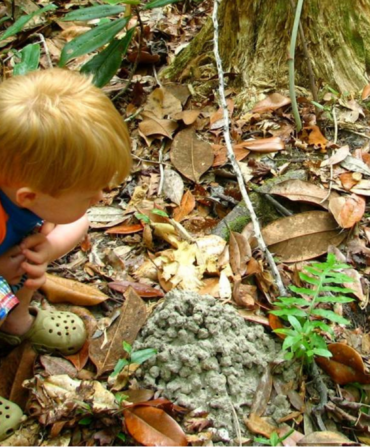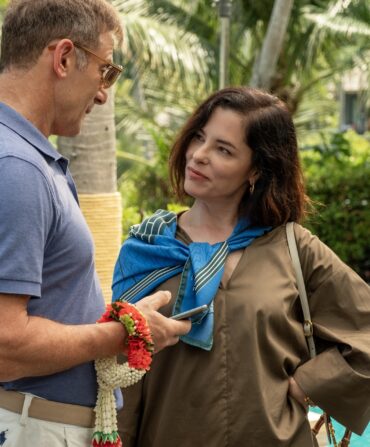When Taylor McDaniel pulled the trigger on the lead bird of three gobblers last spring, she had no idea that her shot might make it into the annals of science. Her brother, Joel McDaniel III, was filming the hunt and had zoomed in on a bird that caught his eye. Its fan was a buffy red, and the wing feathers had a mottled, pheasant-like appearance, unlike the heavily barred primary feathers of a typical Eastern wild turkey. “Get that one in front,” he hissed to McDaniel, who dropped the gobbler with a single shot. She could hardly believe her eyes when she walked up to the bird. The thirty-two-year-old North Carolinian had been hunting turkeys for more than twenty years, but she’d never seen a bird that looked like that. “I was almost in shock,” she says. “And then I thought: Why is it so different? I’m going to have to look that up.”
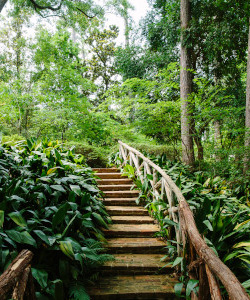
Why the bird looked so different is a question at the heart of a new study on wild turkey genetics. There has long been a history of odd-colored Eastern wild turkeys: so-called “smoke phase” and “red phase” birds, turkeys with solid black primary feathers, and birds with mottled plumage, like the wormy vermiculations across a brook trout’s back. The roots of such variations are poorly understood, but researchers have suggested one culprit that might be at play: interbreeding with domestic turkeys that have escaped from farms.
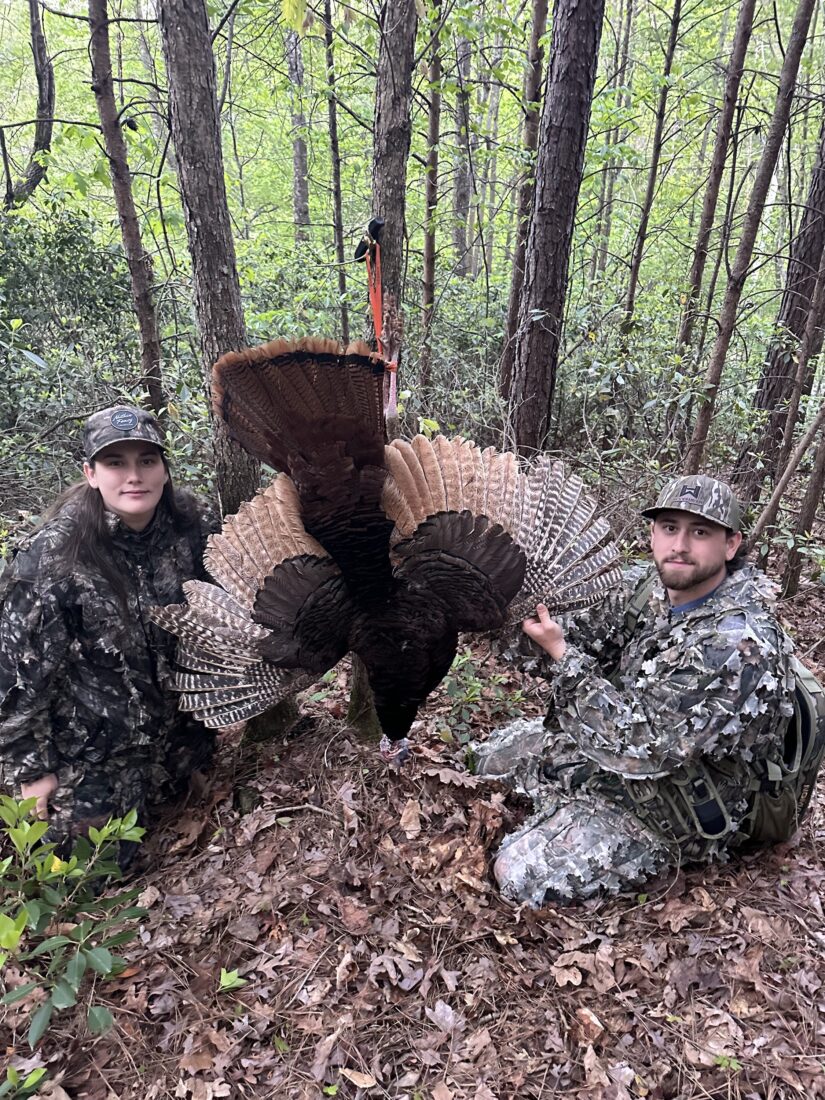
“It appears that some of these birds are very close to heritage varieties of domestic turkeys,” says Michael Chamberlain, a professor of wildlife ecology and management at the University of Georgia and one of the country’s leading turkey researchers. “These plumages bring to mind birds like Bourbon Reds and Royal Palms, heritage varieties created by breeding wild and domestic turkeys. It’s a plausible scenario. We just don’t know, but we will pretty soon.”
Chamberlain is one of the leaders of wildturkeyDNA, an effort to engage hunters who harvest odd or unusually plumaged wild turkeys to collect and send in tissue for DNA testing. A collaboration with Chamberlain’s Wild Turkey Lab at the University of Georgia, the National Wild Turkey Federation, the Low Country Game Bird Foundation, and the University of Texas at El Paso, the program nearly mirrors the heralded Duck DNA project that kicked off with Ducks Unlimited and the University of Texas at El Paso. Hunters clip a small section from the harvested turkey’s tongue and ship the sample for analysis. Free kits are available to hunters who first submit photographs of their birds to ensure that the color phases match up with the research interests. “The amount of publicity and interest has been surprising,” Chamberlain says. “We’ve had hundreds of hunters contact us. We can’t accept every sample, so we vet these birds carefully to get the best samples available.”
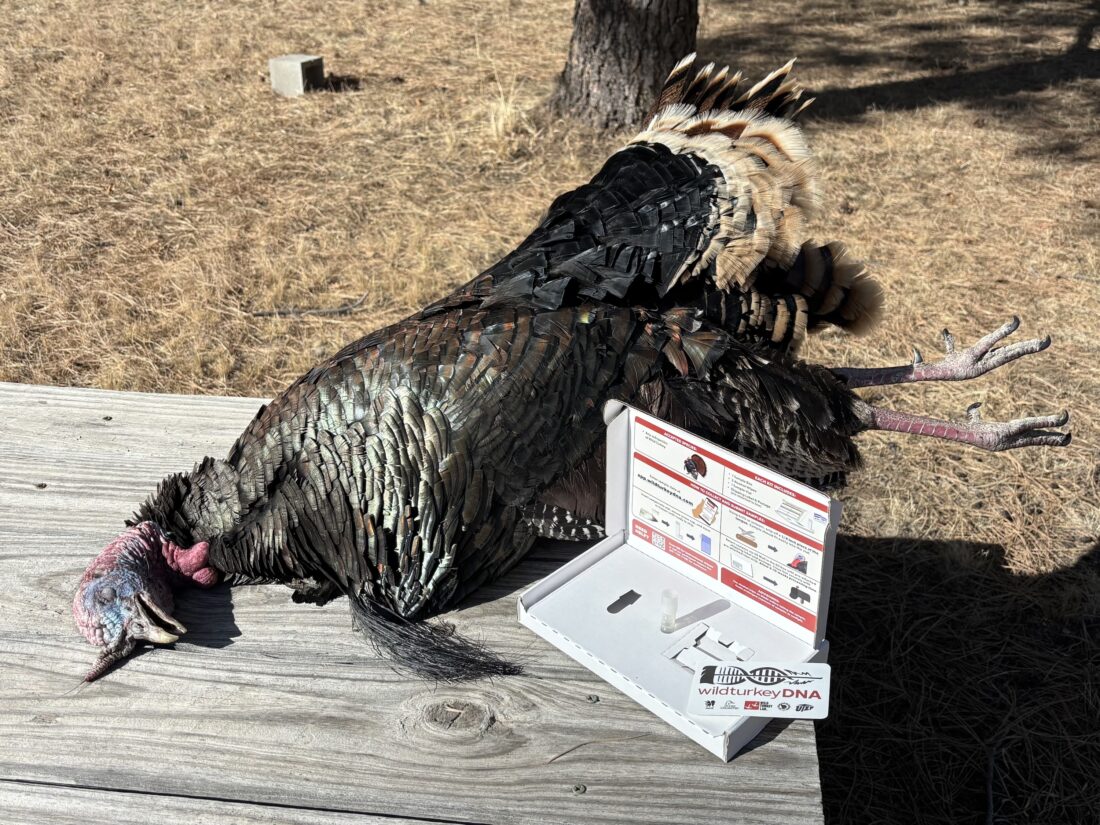
This first phase of the project will try to understand these birds’ origins. Are they wild? Are they crosses between wild turkeys and other birds? At the moment, scientists don’t know. The hope is to secure the funding needed for a range-wide assessment of wild turkey genetics, focusing on diversity and subspecies delineations. “Next spring, we hope to expand to hundreds of birds from across the wild turkey’s range, including regular turkeys in addition to the oddly plumaged birds,” Chamberlain says. “You never know what might be hidden in the genetics.”
For Taylor McDaniel, who sent in the tongue sample from her bird that had been in a taxidermist’s freezer for the last year, the opportunity to be involved in such a citizen science project has supercharged her interest in managing her family’s Western North Carolina farm for wild turkeys. “I already had a huge respect for these birds, but this project has helped shift my thinking to the conservation side of wild turkey hunting,” she says. “What can we do to improve the habitat on our lands?” That’s one impact of this study that won’t have to wait for lab results.

